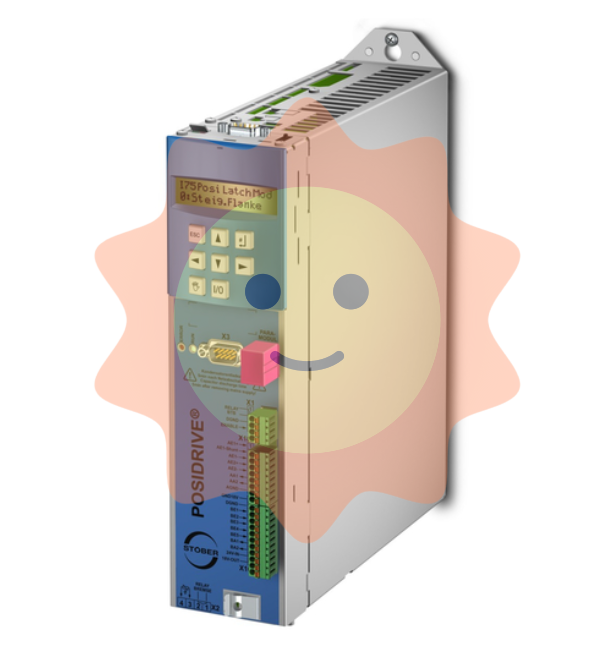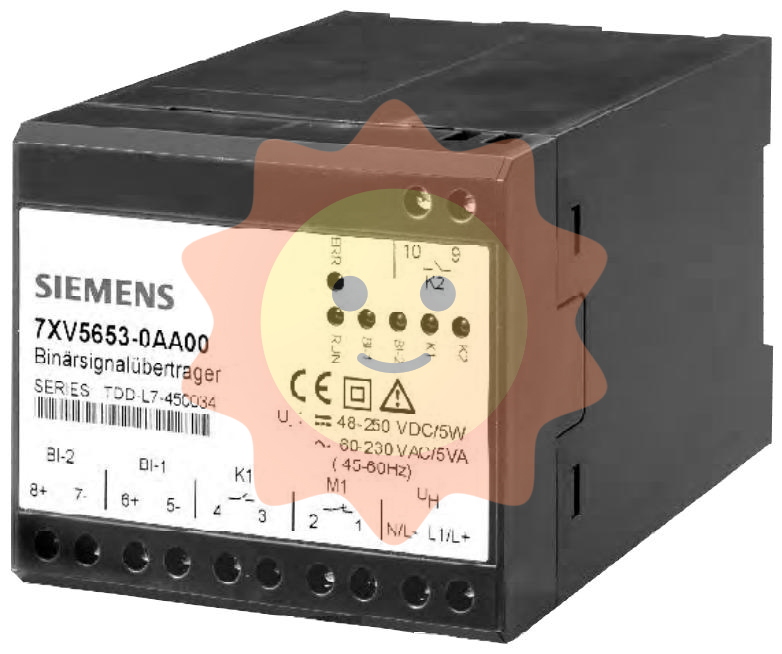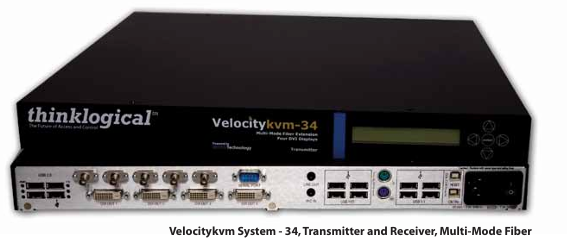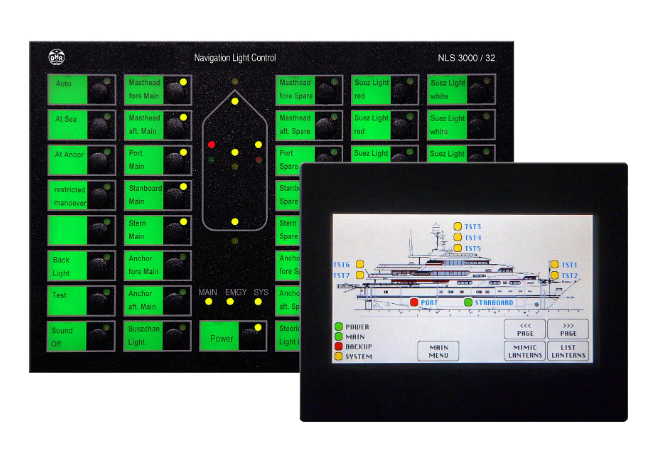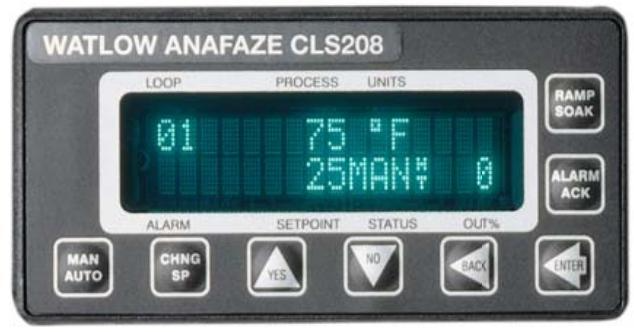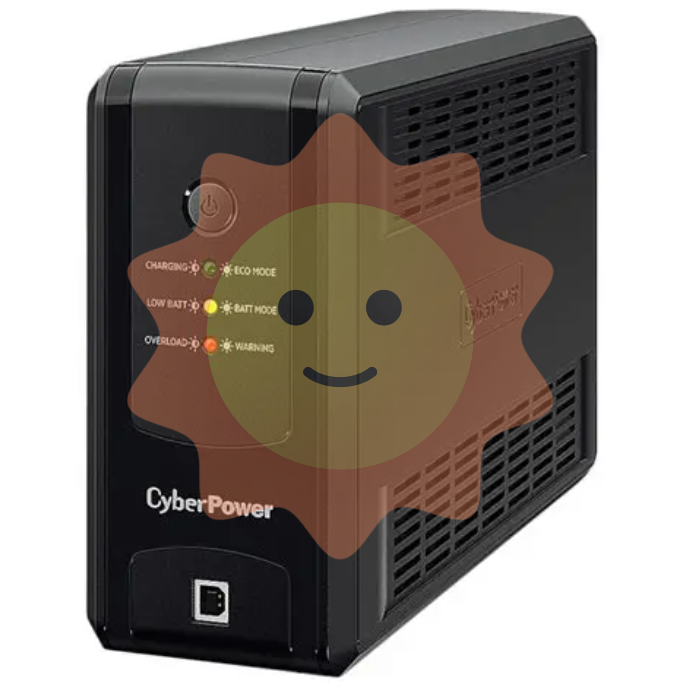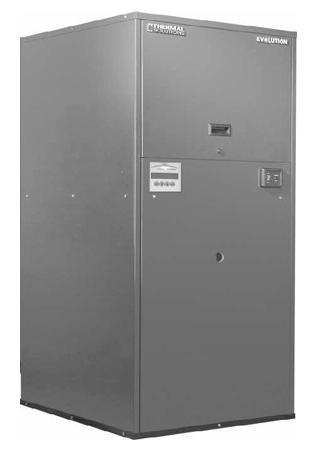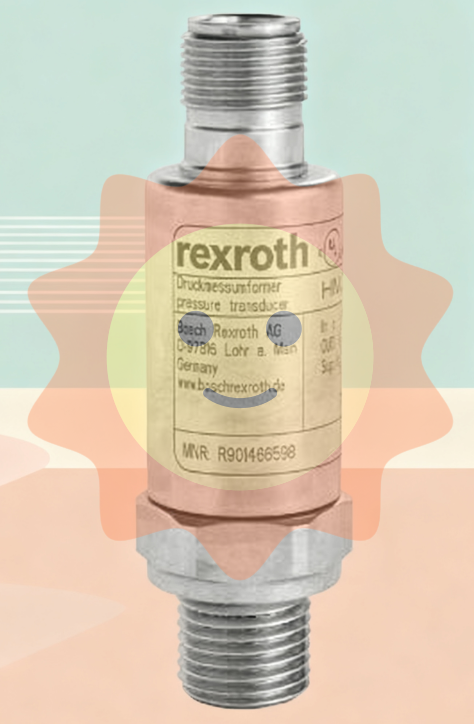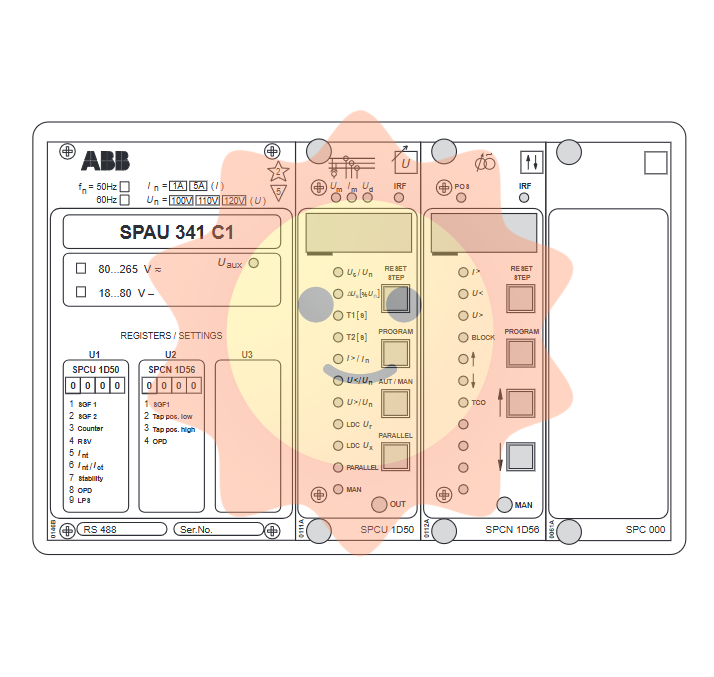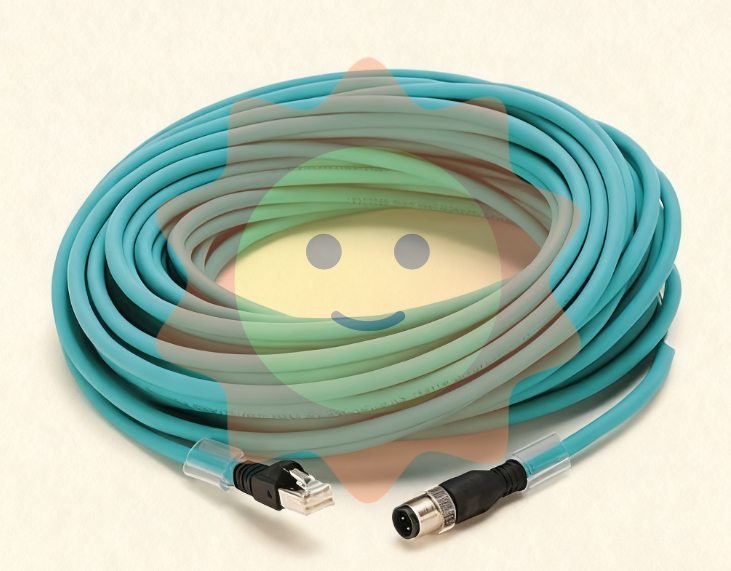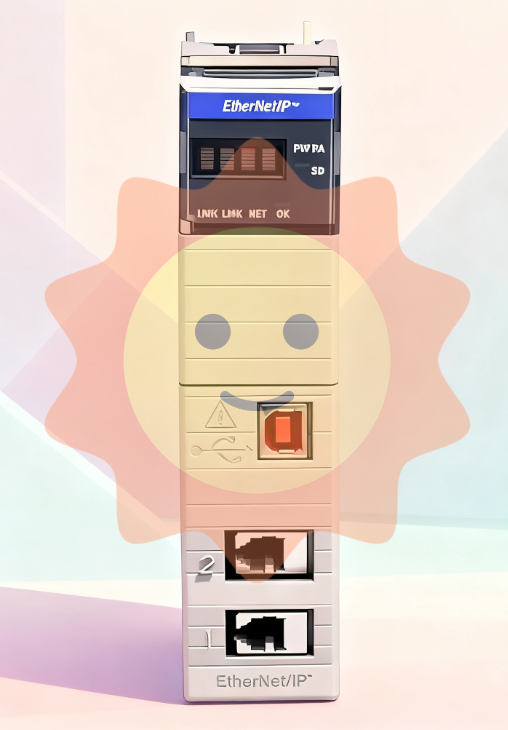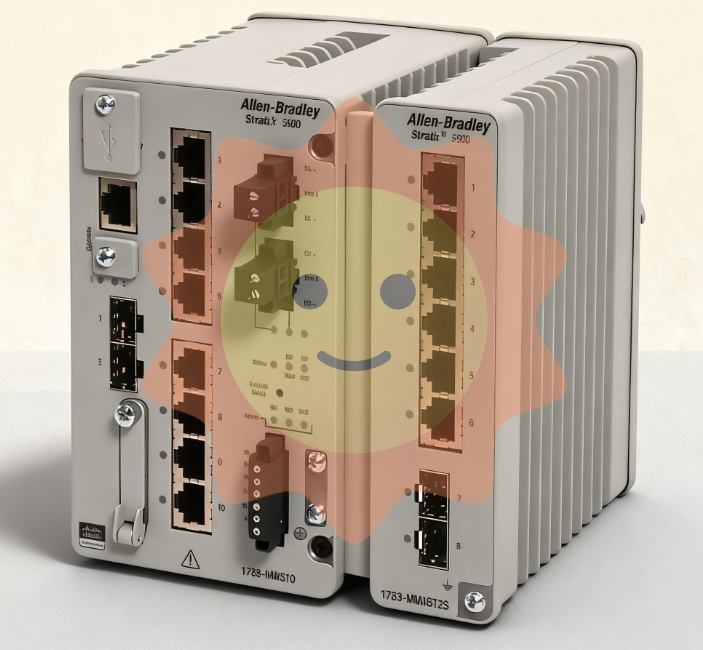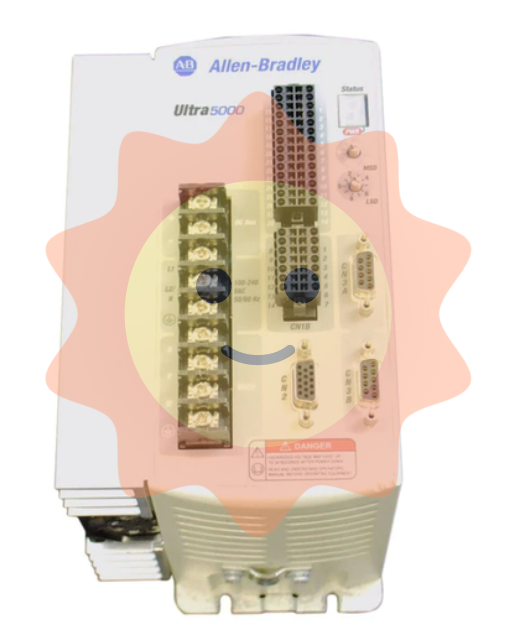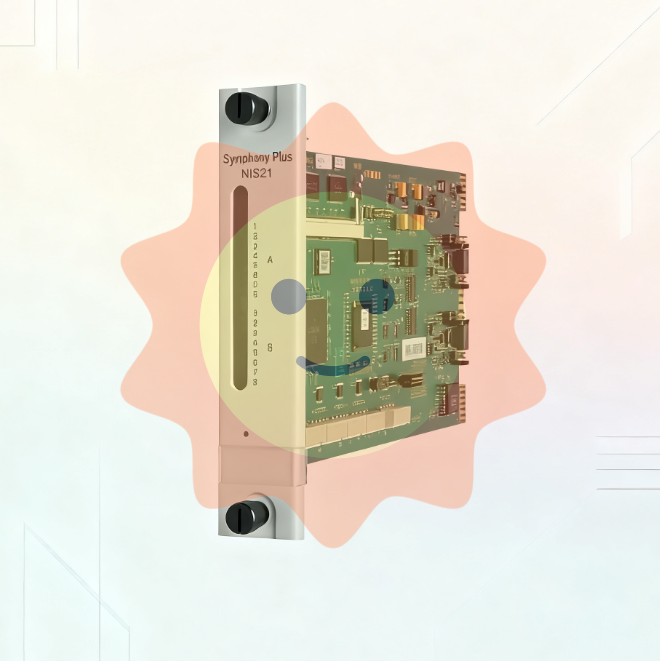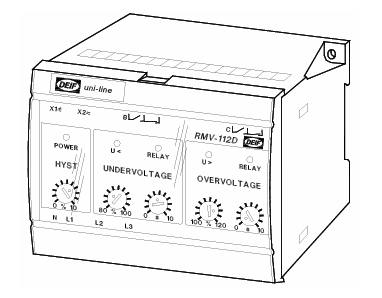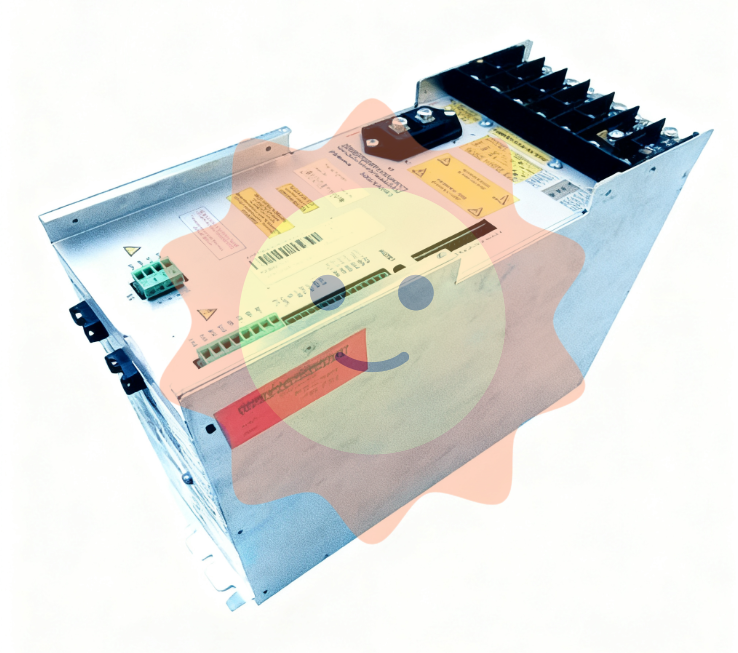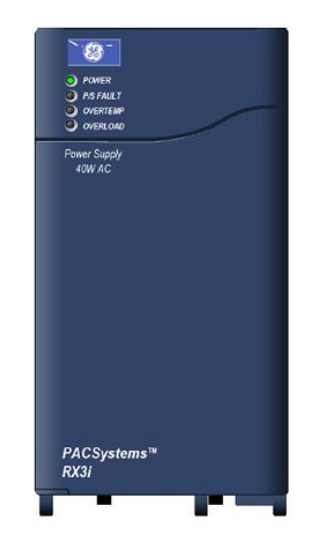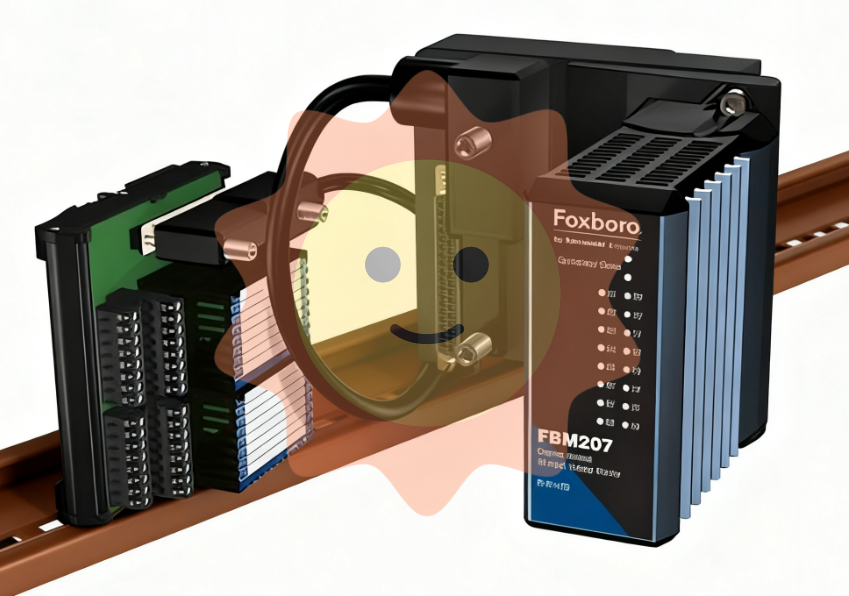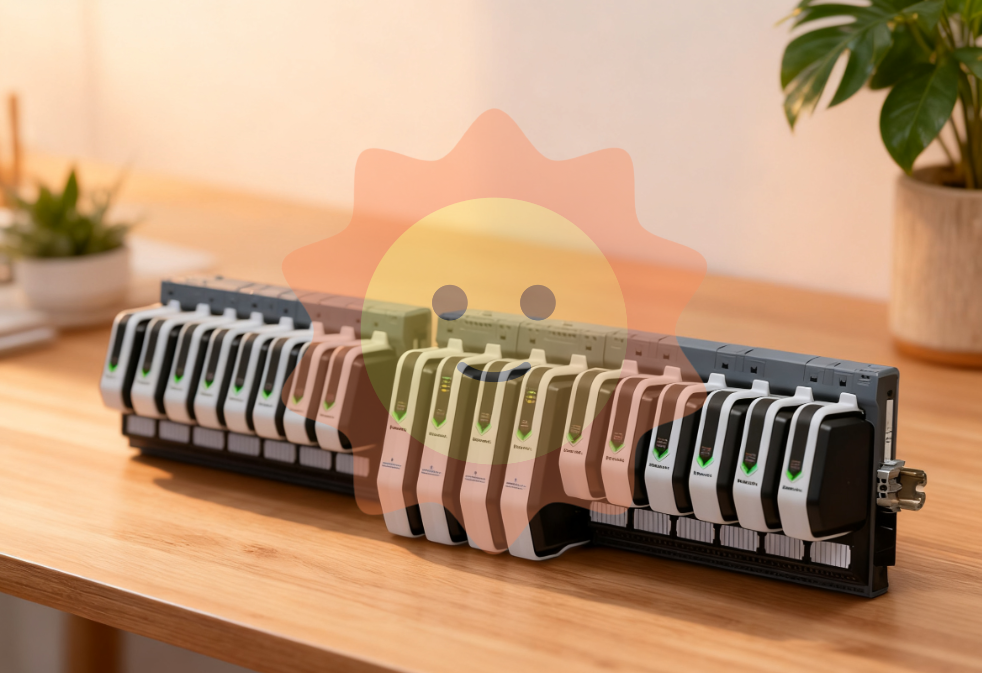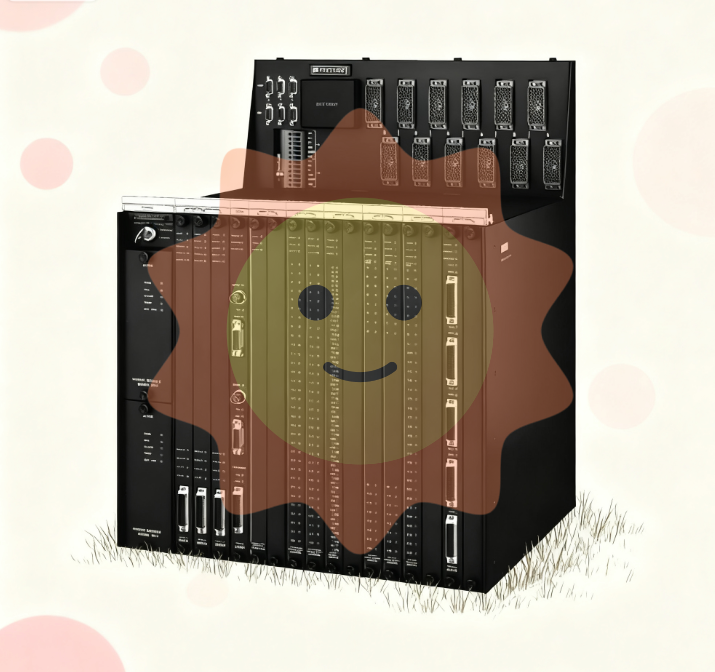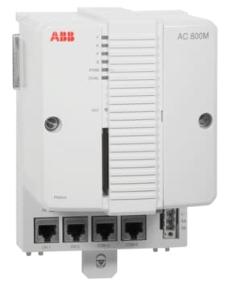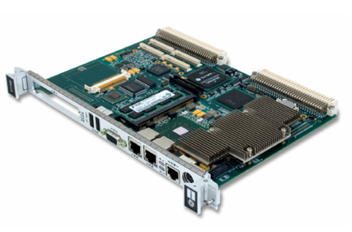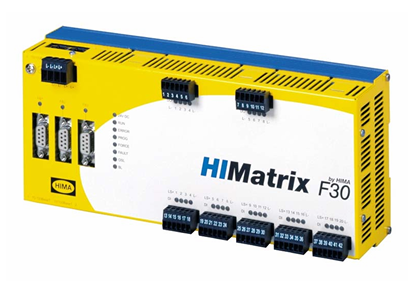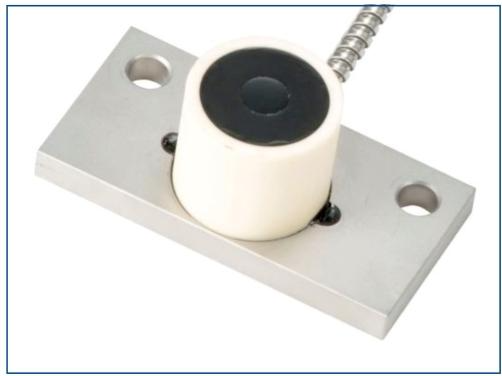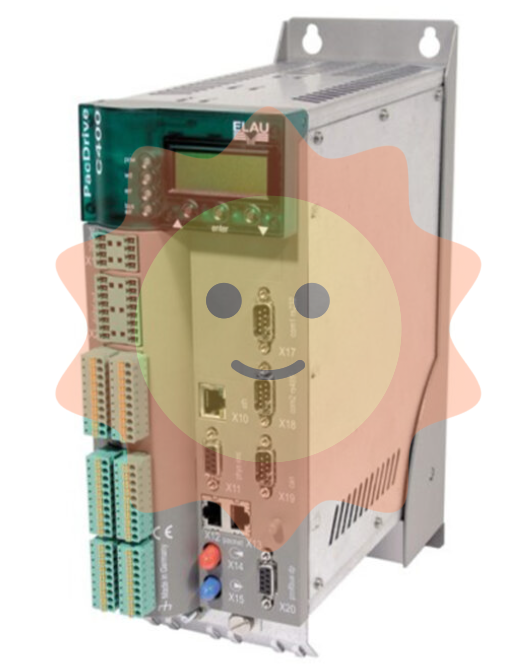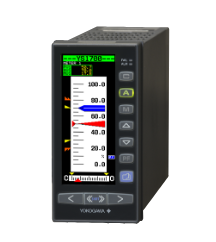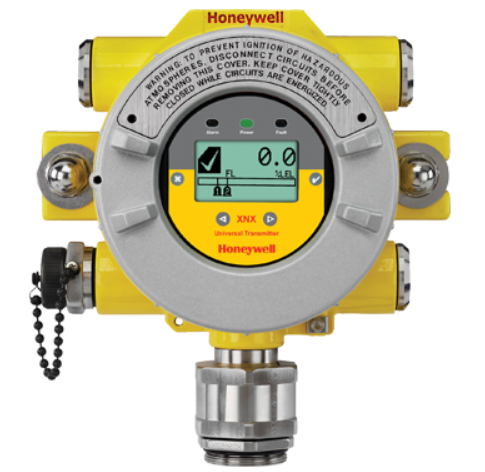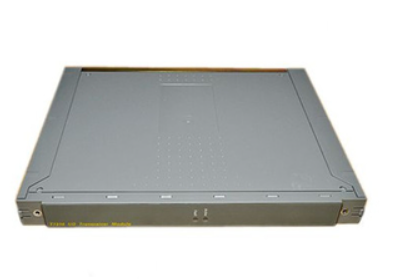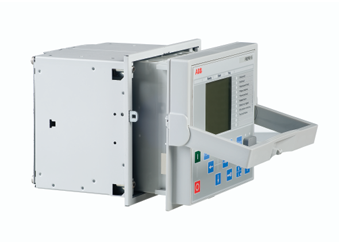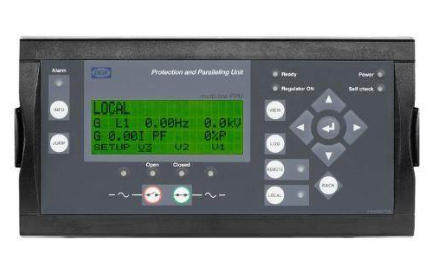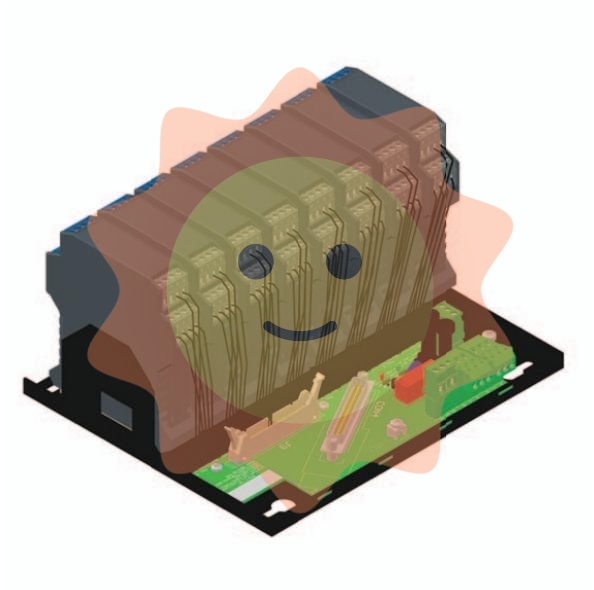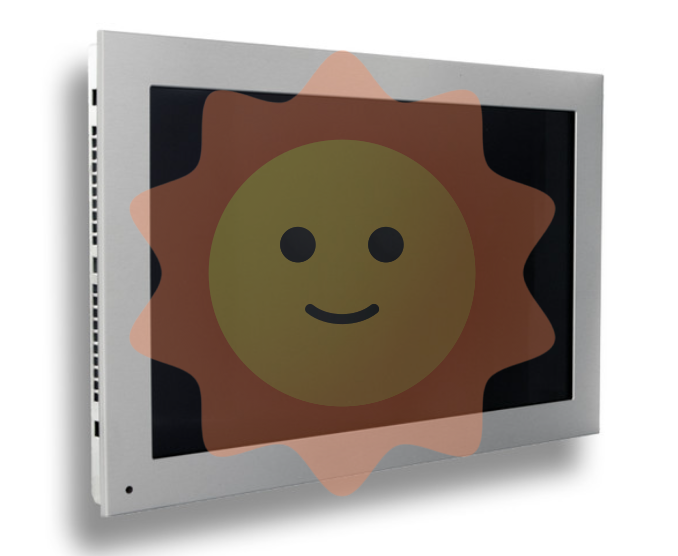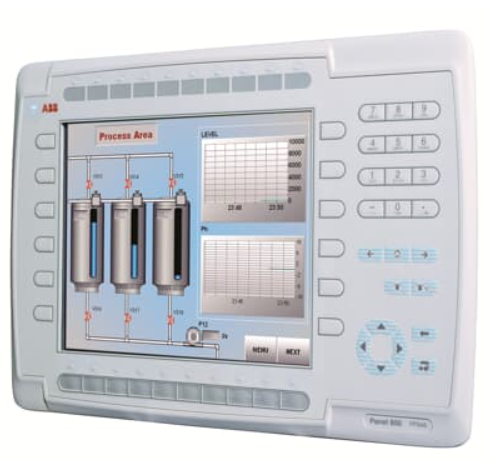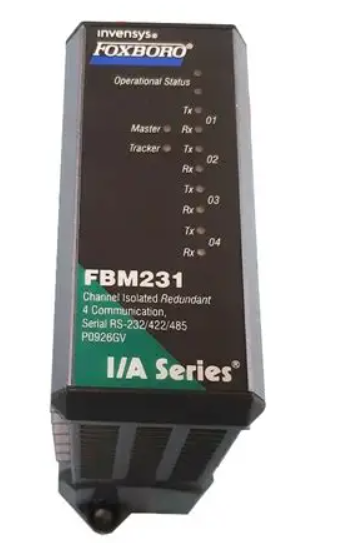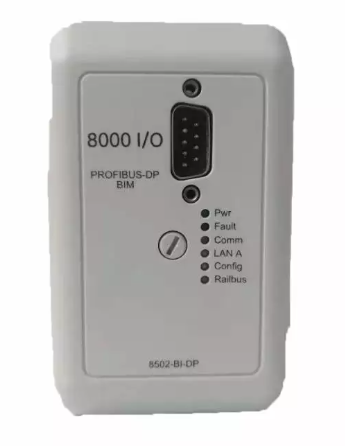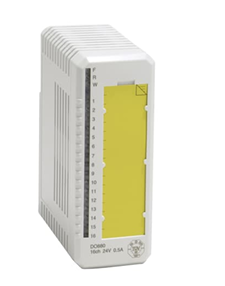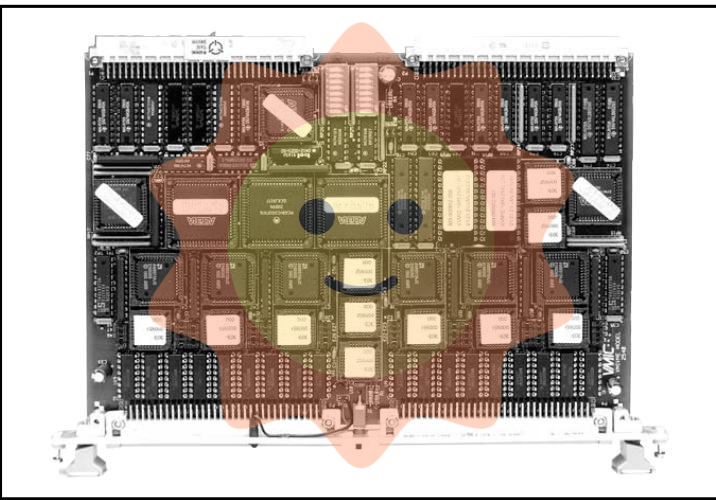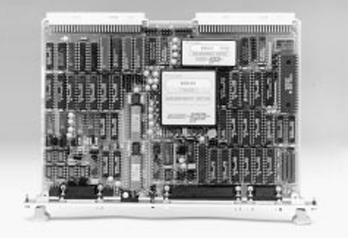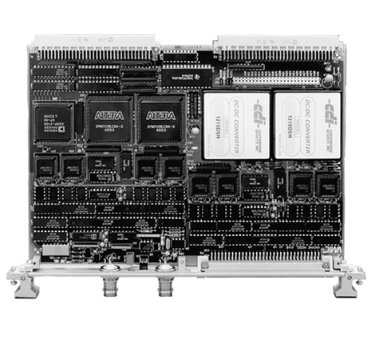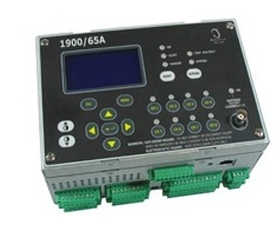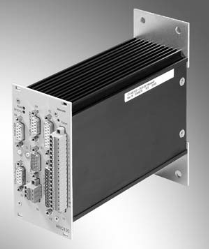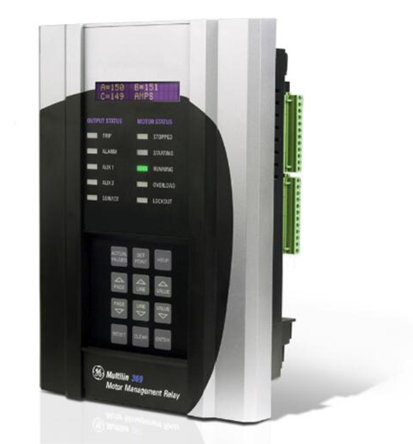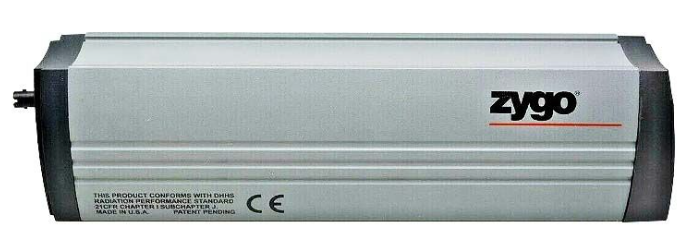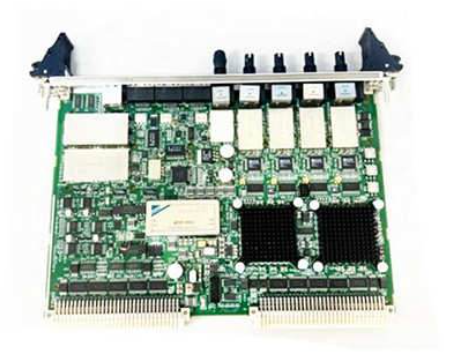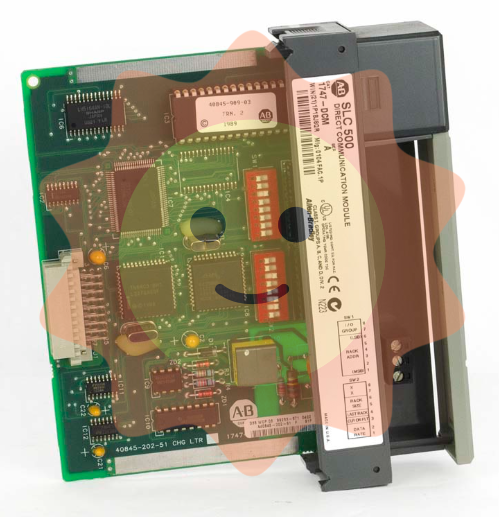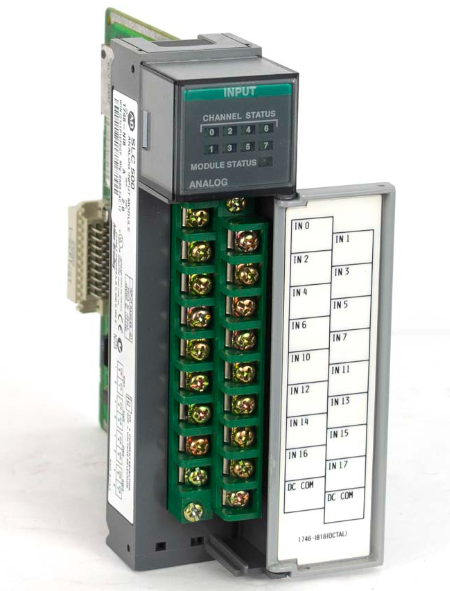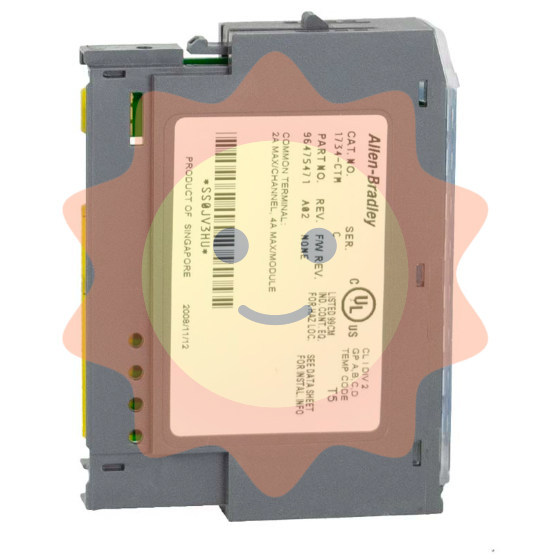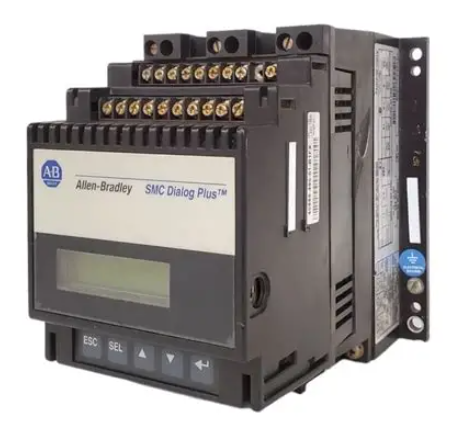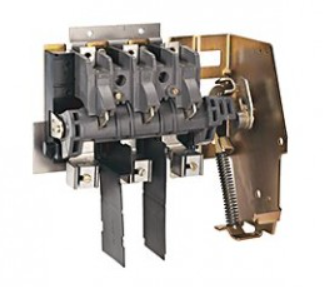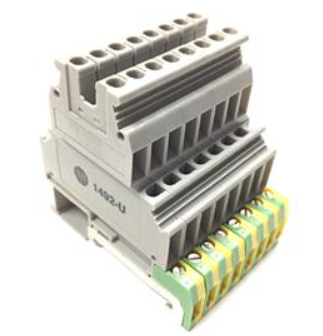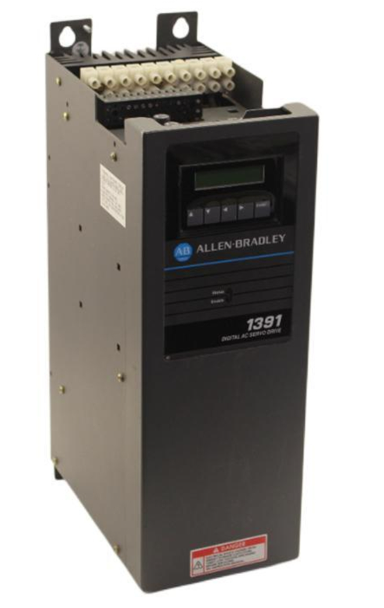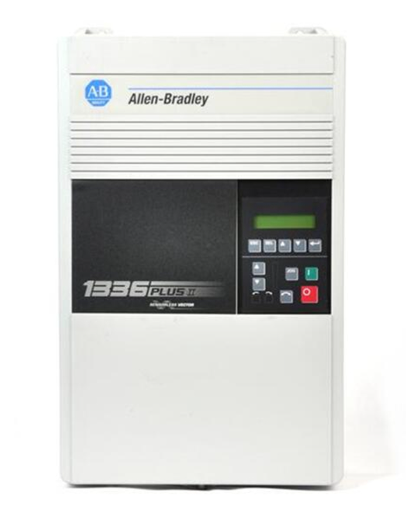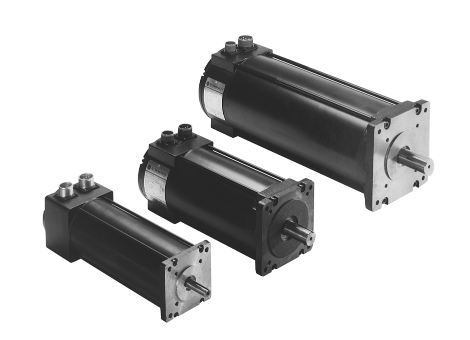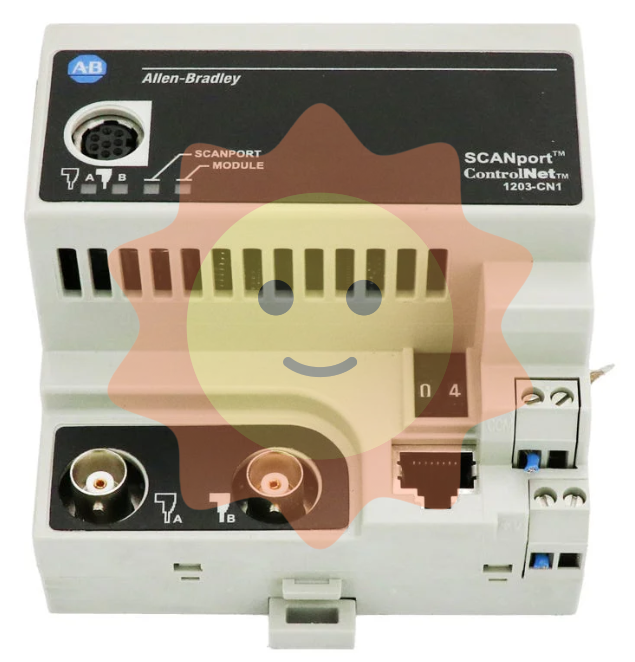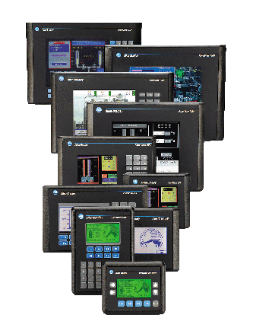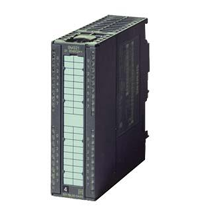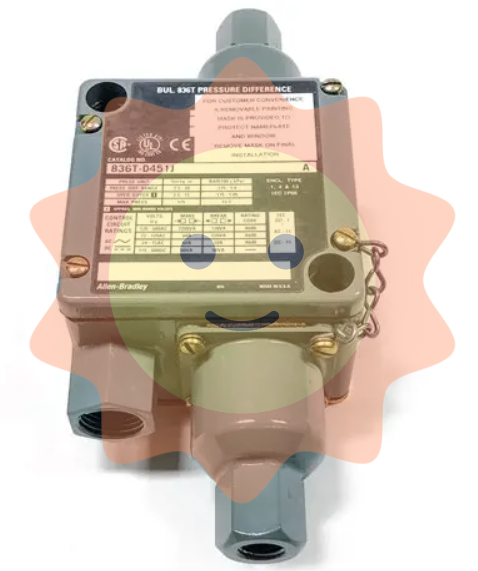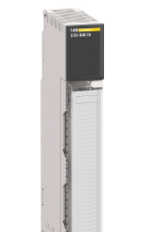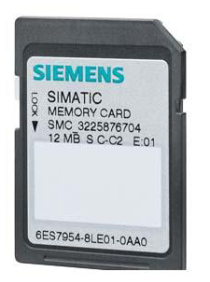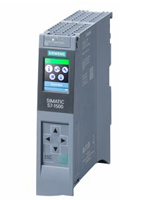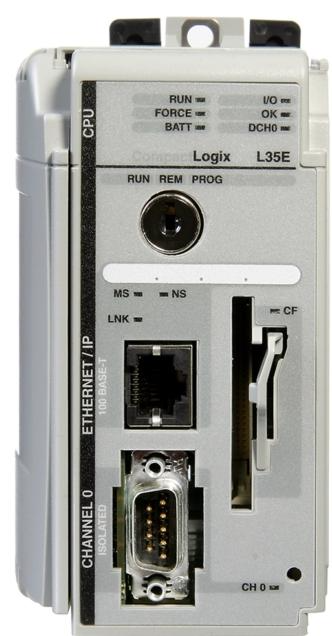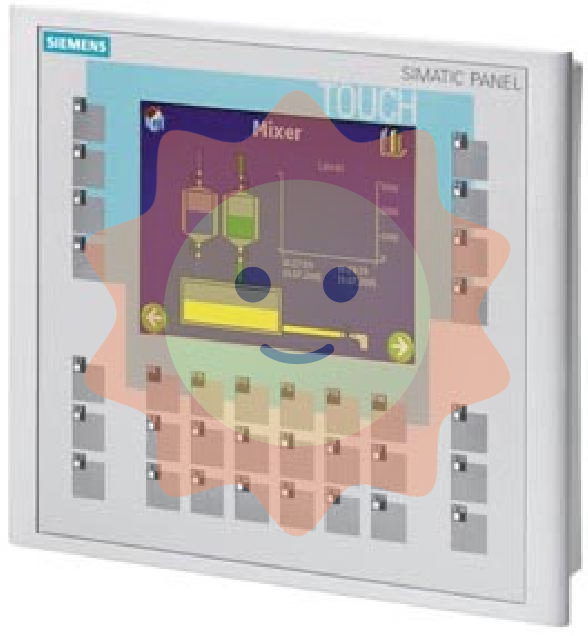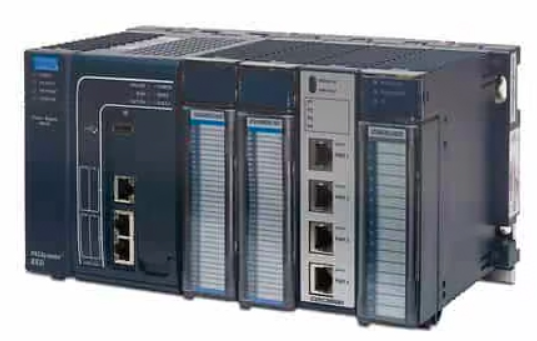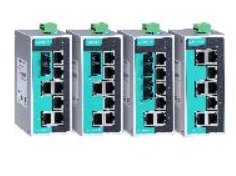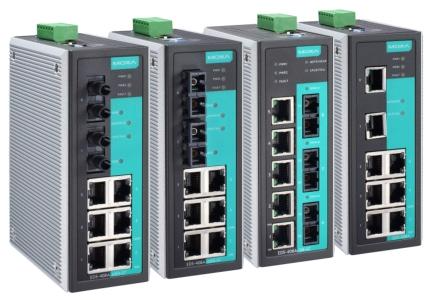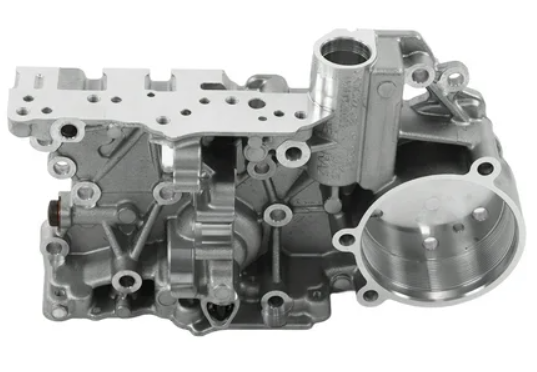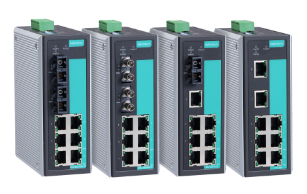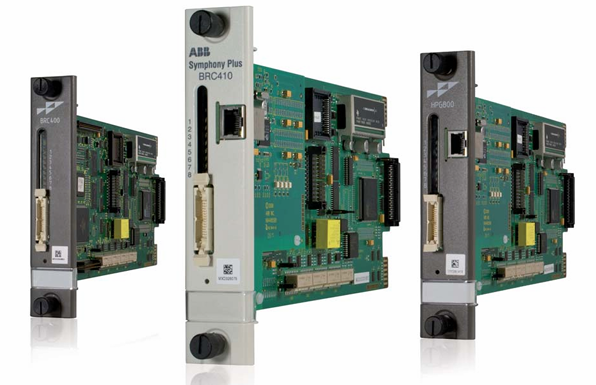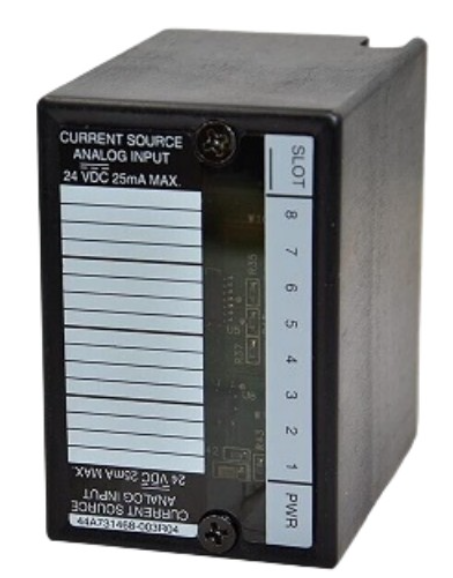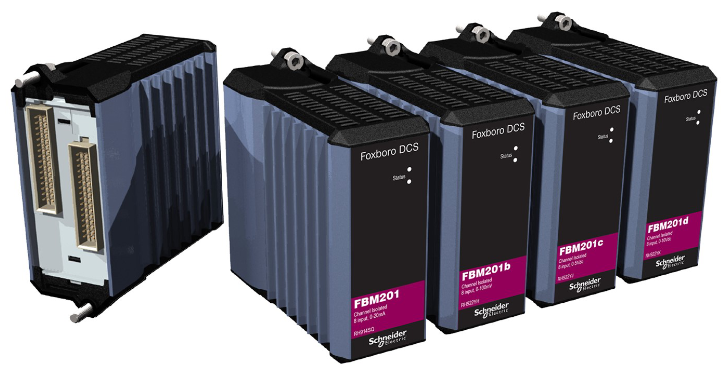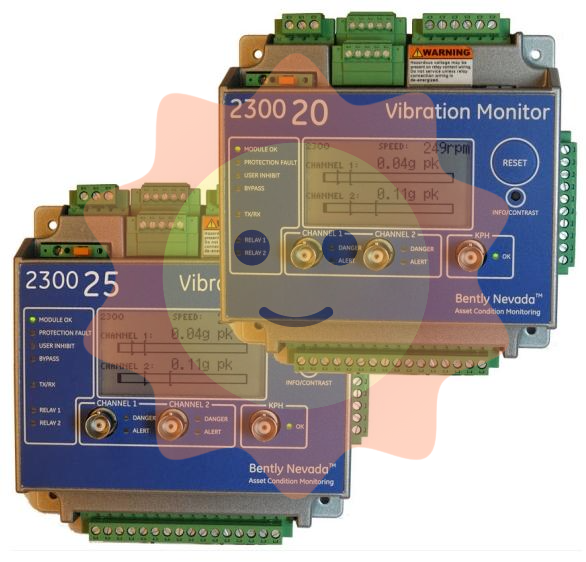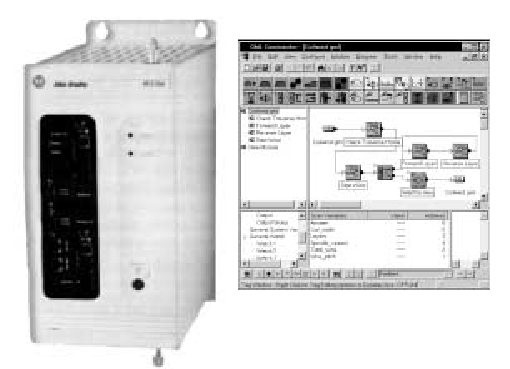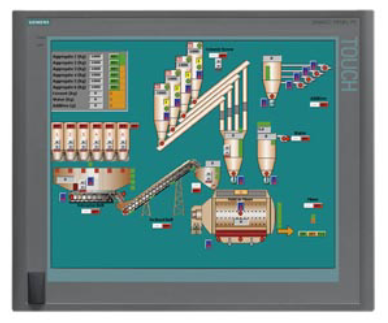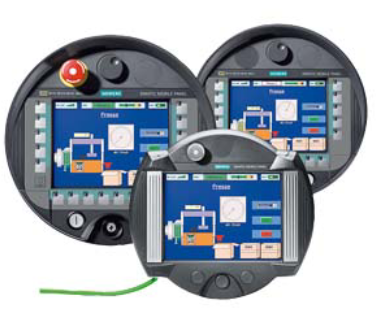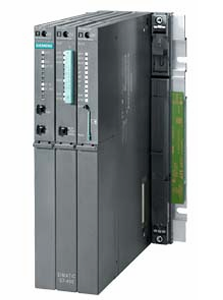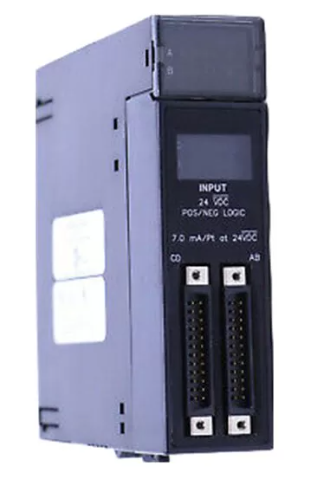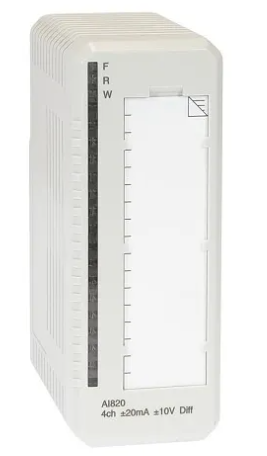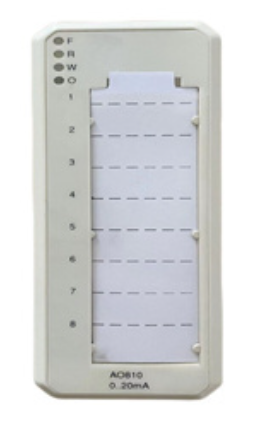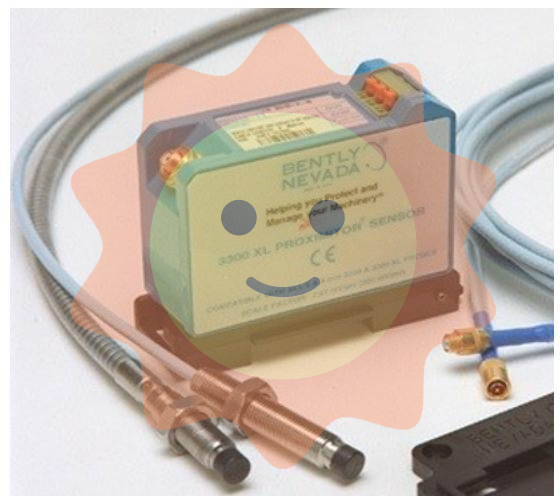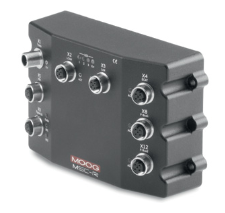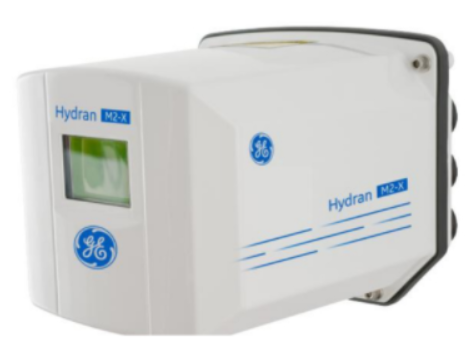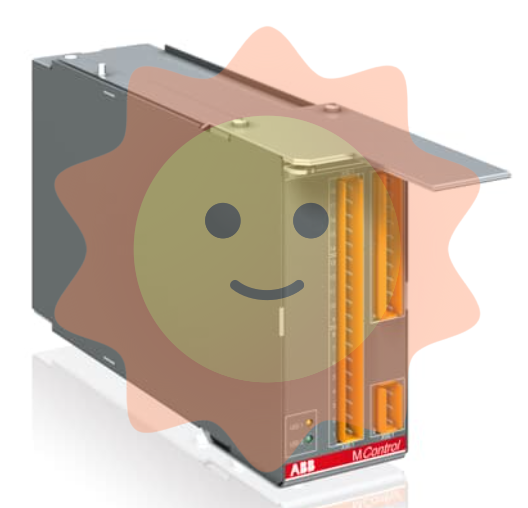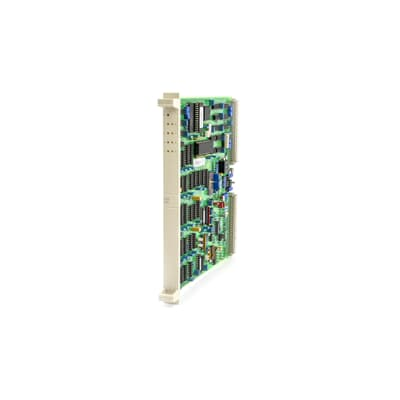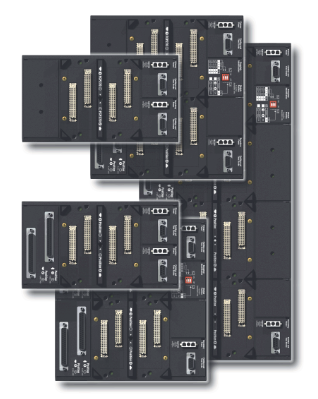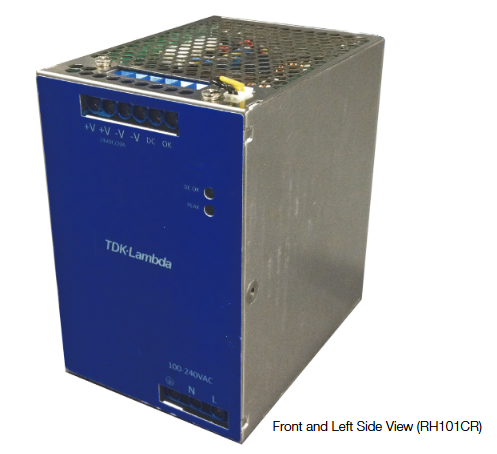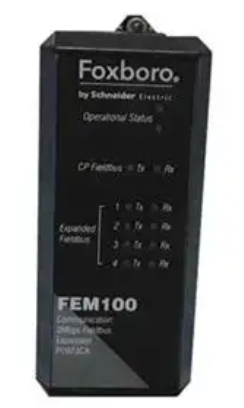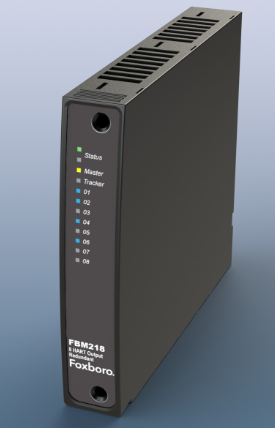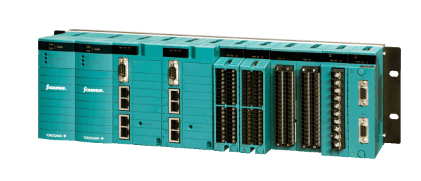GE IS200ERDDH1A DYNAMICS DISCHARGE GE BOARD
GE IS200ERDDH1A DYNAMICS DISCHARGE GE BOARD
Part Number IS200ERDDH1A Manufacturer General Electric Country of Manufacture As Per GE Manufacturing Policy Series EX 2100e Function Module Availability In StockIS200ERDDH1A is an IGBT Exciter Regulator Interface and the Dynamic Discharge board (ERDD) is used in the EX2100 Regulator Control, simplex, and redundant applications. One ERDD is installed in the IS200ERBP Exciter Regulator Backplane (ERBP) and interfaces with the IS200ERIOH A Exciter Regulator I/O board (ERIO) and the Exciter Regulator Static Converter board for simplex applications (ERSC).
In redundant applications, one ERDD is installed in the ERBP (M1), while the other is installed in the Exciter Regulator Redundant Backplane (ERRB, M2/C) and interfaces with the ERIO, ERSC, and the Exciter Regulator Redundant Relay board (ERRR). The ERDD's main functions are as follows: Field excitation gate drive control Dynamic discharge to manage dc-link voltage that is too high Monitor the dc-link voltage, output shunt current, output field voltage, bridge temperature, and IGBT gate drive status using bridge feedback (power supplies and desaturation conditions) In simplex applications, control of the de-excitation relay (K41) or in redundant applications, control of the charging relay (K3) With both P1 and P2 backplane connectors, the ERDD is a single-slot double-height (6U) form factor board.
The ERDD board surface has seven connectors that link it to the boards it connects with. A board ID device is included in the ERDD and contains the following information: Barcode Serial Number Board Type Hardware Revision BRIDGE HEATSINK TEMPERATURE SENSING For temperature monitoring of the regulator bridge, one resistive temperature device (RTD) input is provided. This RTD input is scaled as a 0140 C input with a 010 V dc analog output. CONTROL POWER DISTRIBUTION On ERDD, both control and dc-link voltages are present. The control power is isolated from any circuit or component connected to the IGBT bridge. The P1 and P2 backplane connectors supply non-isolated ERDD control circuits directly from the Exciter Power Supply Module (EPSM) input. The EPSM input also provides power for IGBT gating. The EPSM input and a redundant power source are used to power dynamic discharge (DD). The ERDD contains a redundant power source that is derived directly from the dc-link bus.
The DD circuits monitor the dc-link voltage directly and apply control as needed (independent from the control processor). There are also six isolated power supplies derived from the secondary windings of two transformers on ERDD. BRIDGE FEEDBACKS Overcurrent Feedback: When a predefined full-scale shunt voltage level is achieved, the ERDD output current circuit detects overcurrent conditions. The feedback signal changes state when it reaches the overcurrent threshold level. The leg U IGBT gate driver and the output voltage VCO feedback circuit share transformer T1 with the output current feedback circuits (overcurrent and bridge output current VCO). Bridge Output Current VCO Feedback: The voltage created across the bridge shunt is used to determine the output field current. At connection P6, the shunt output voltage is linked to the ERDD.
After that, the 100 mV shunt signal is amplified and utilized to power a VCO (biased so that zero-field current produces a VCO frequency of 333 kHz). The shunt current feedback circuits have failed if frequencies less than the zero input signal frequency level is detected. Bridge Output Voltage VCO Feedback: The output field voltage is monitored by an ERSC voltage attenuator. This attenuator generates a scaled feedback voltage in the -600 to +600 V dc output field voltage range. The ERDD is then connected to the attenuated signal, which is utilized to generate the output voltage feedback VCO (biased so that zero output voltage produces a VCO frequency of 1 MHz).
Technical specifications and performance
Voltage & Current: Specific voltage and current specifications may vary depending on application scenarios and customised requirements, but usually have multiple voltage and frequency adaptations to suit the power standards of different regions.
Durability and Safety: High-quality power interface boards are usually made of durable materials and equipped with safety devices such as fuses and circuit breakers to ensure long term reliability and stability while protecting the equipment and users.
Communication features: Some power interface boards may have communication interfaces that allow the device to communicate with a computer or other control system for remote monitoring and control.
Indicator Lights and Displays: Some power interface boards may be equipped with indicator lights for displaying information such as power status, connection status, etc., to facilitate troubleshooting and status monitoring by users.
Instructions and warnings related to the operation of the product:
The following specifications must be strictly observed:
The technical specifications and typical applications of the product system must be strictly observed.
PERSONNEL TRAINING: Only trained personnel may install, operate, maintain or repair the product system. These personnel must be instructed on the
These personnel must be instructed and briefed on the conditions in the hazardous area.
Unauthorised modifications: No modifications or structural changes may be made to the product system.
Maintenance Responsibility: It must be ensured that the product system is used only under appropriate conditions and in a condition fully suitable for use.
Working environment: The user must fulfil the specified environmental conditions:
Safety regulations
The following safety regulations must be fully observed when (maintenance) work is carried out on the product system:
1 Disconnect completely.
2 Secure to prevent reconnection.
3 Confirm that the installation has been completed.
4 Perform grounding and short-circuiting.

- User name Member Level Quantity Specification Purchase Date
- Satisfaction :
-









Email:wang@kongjiangauto.com









